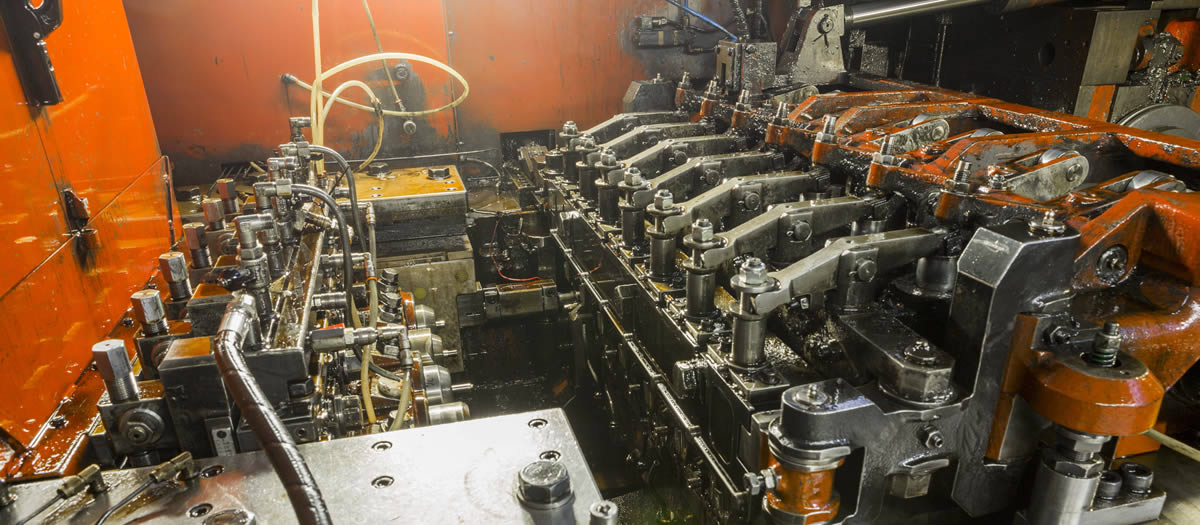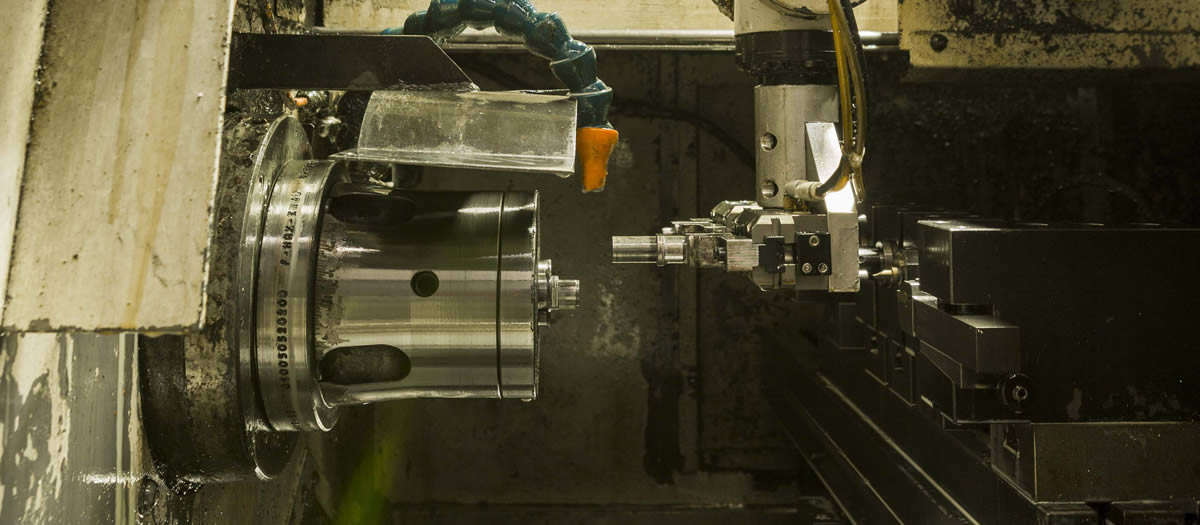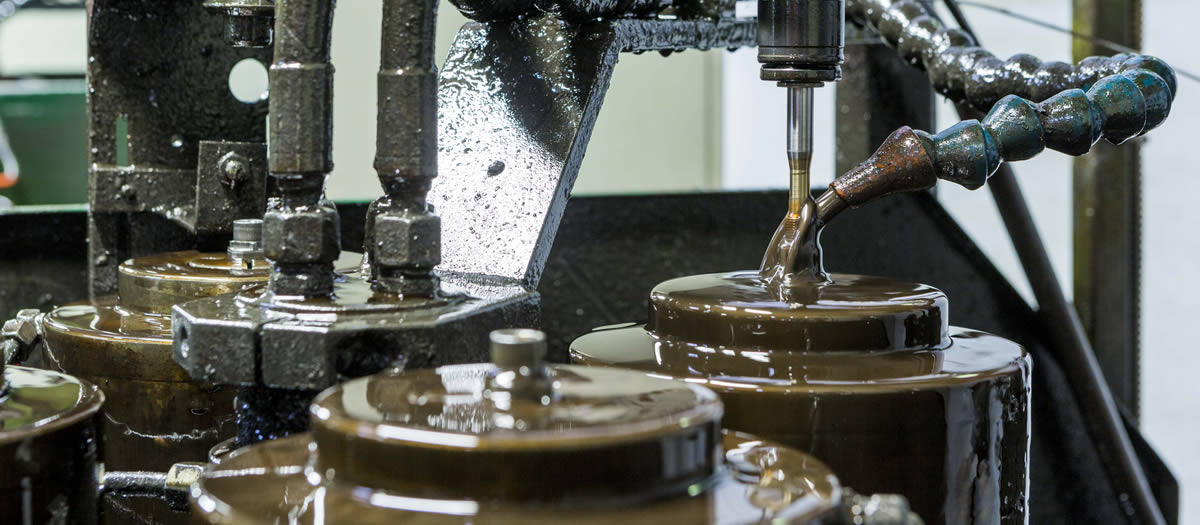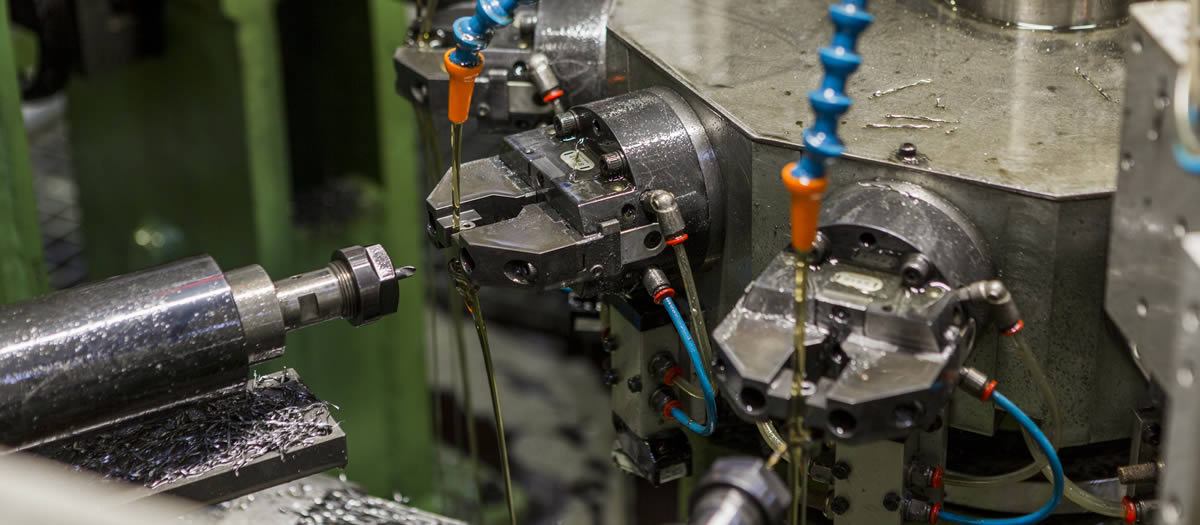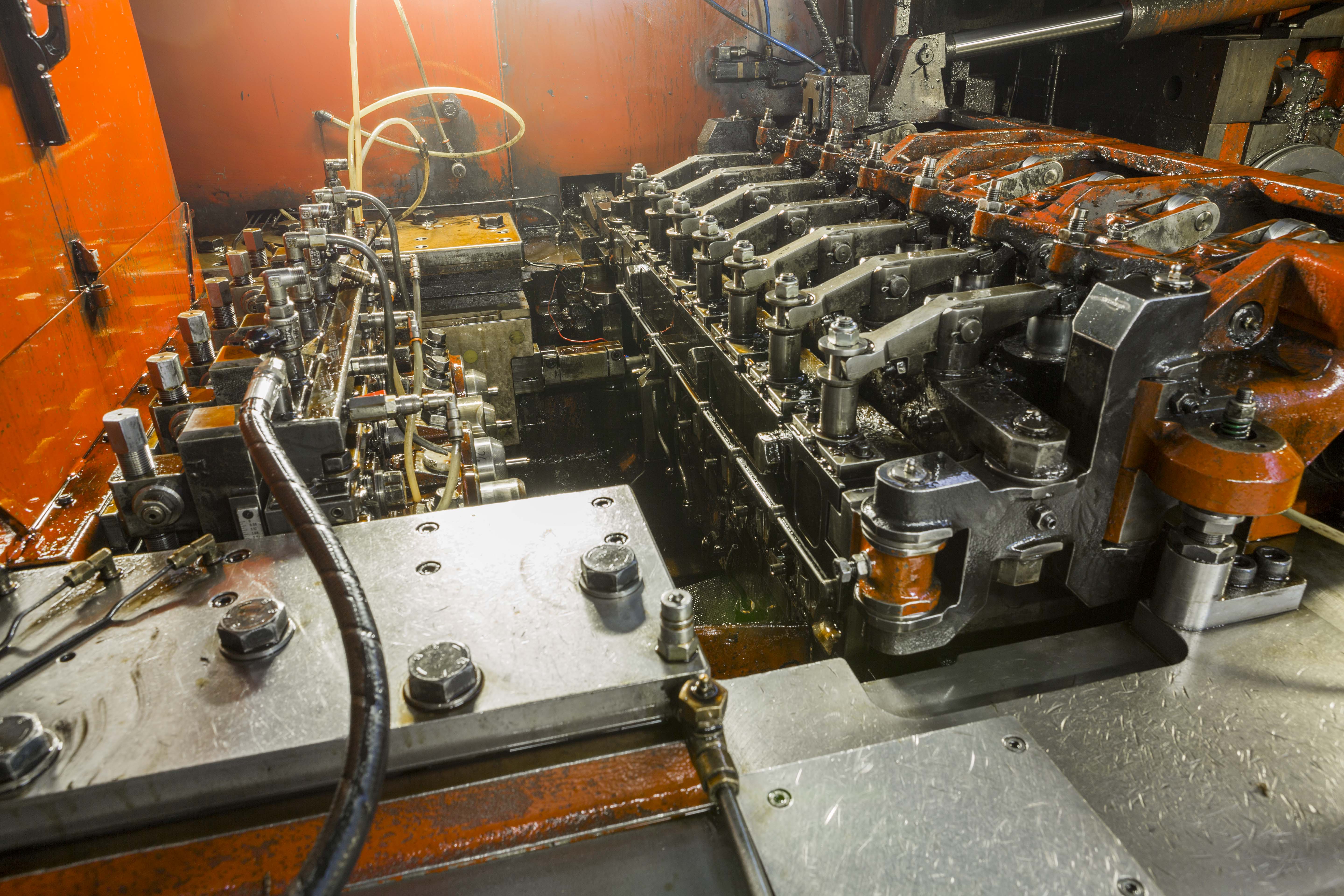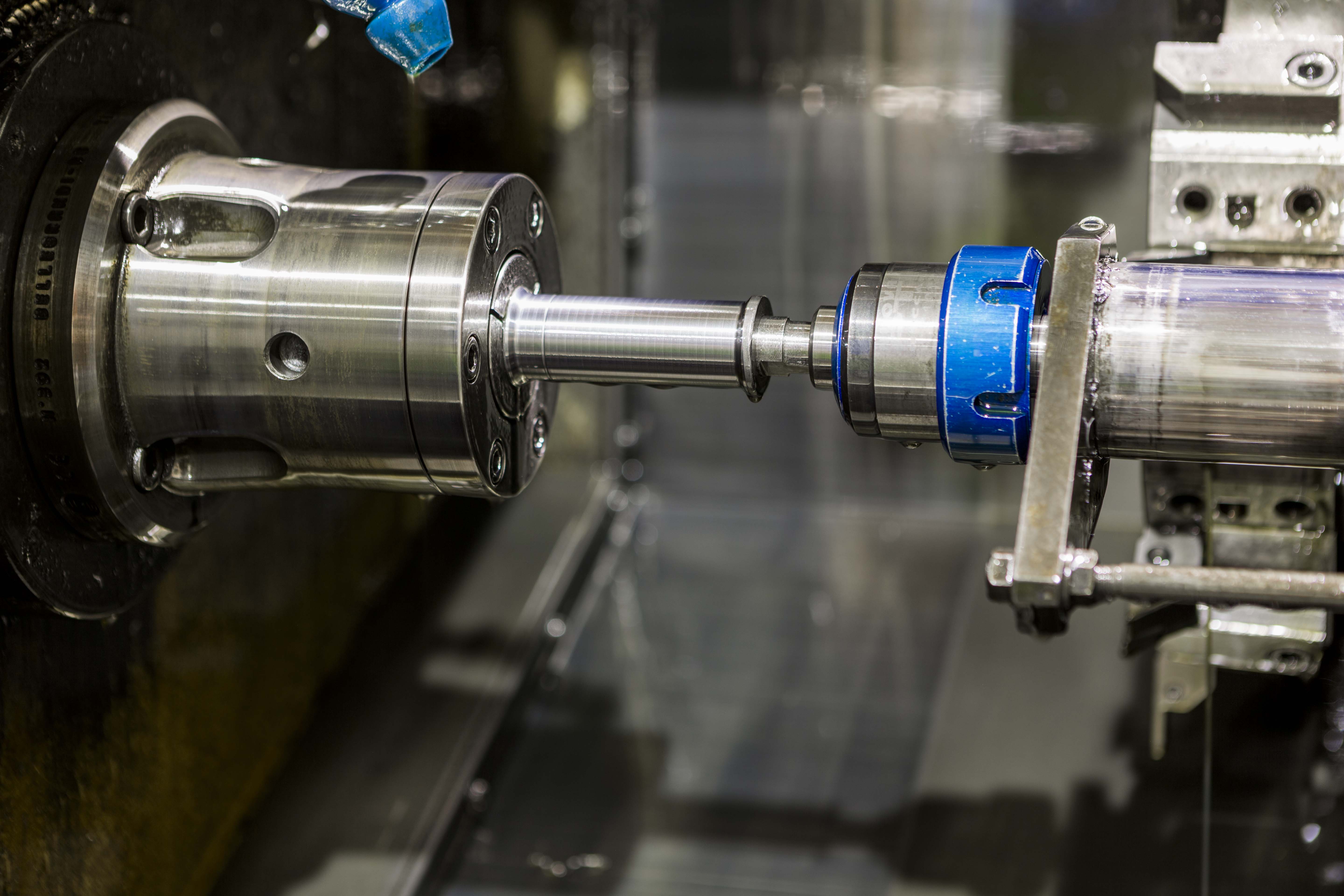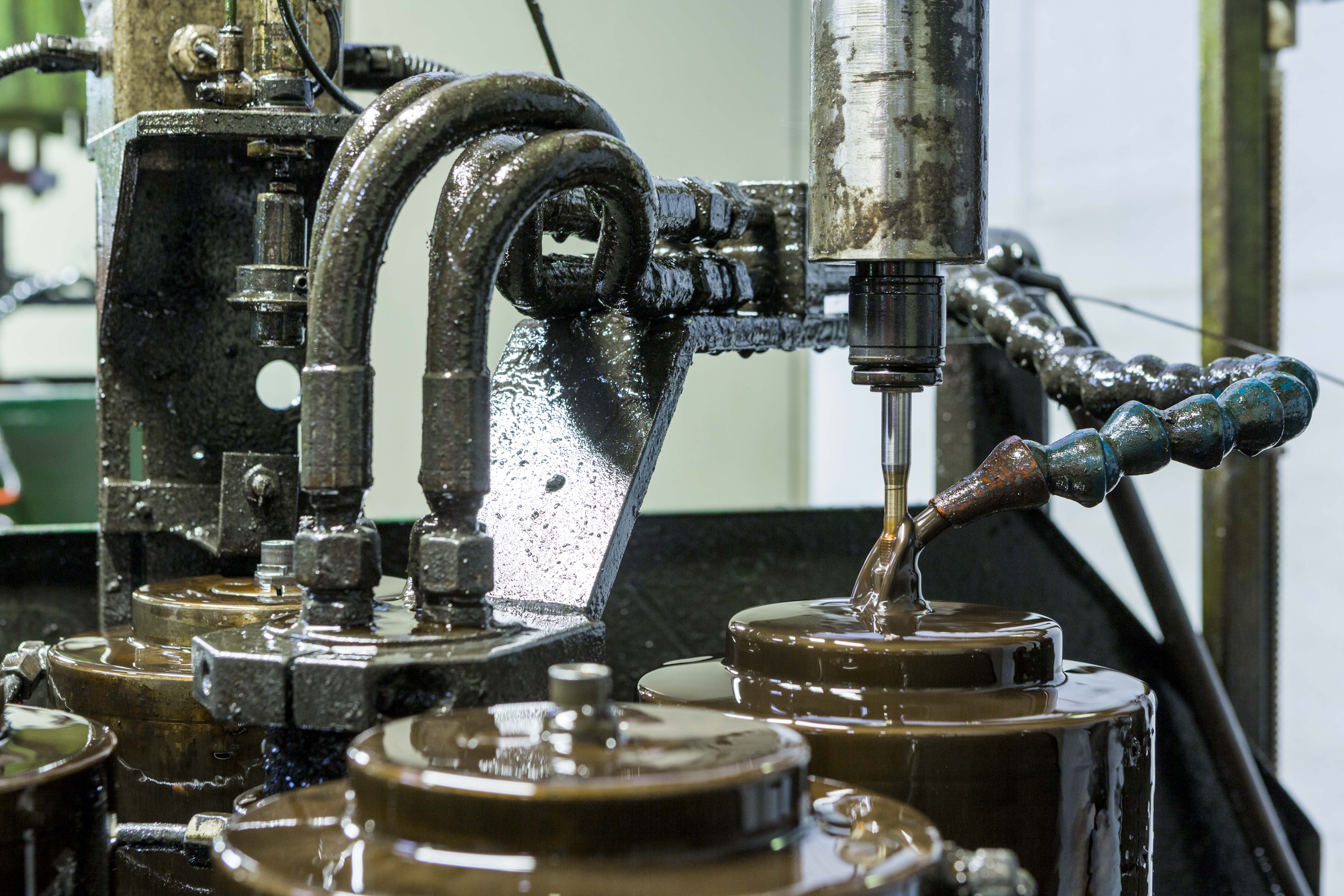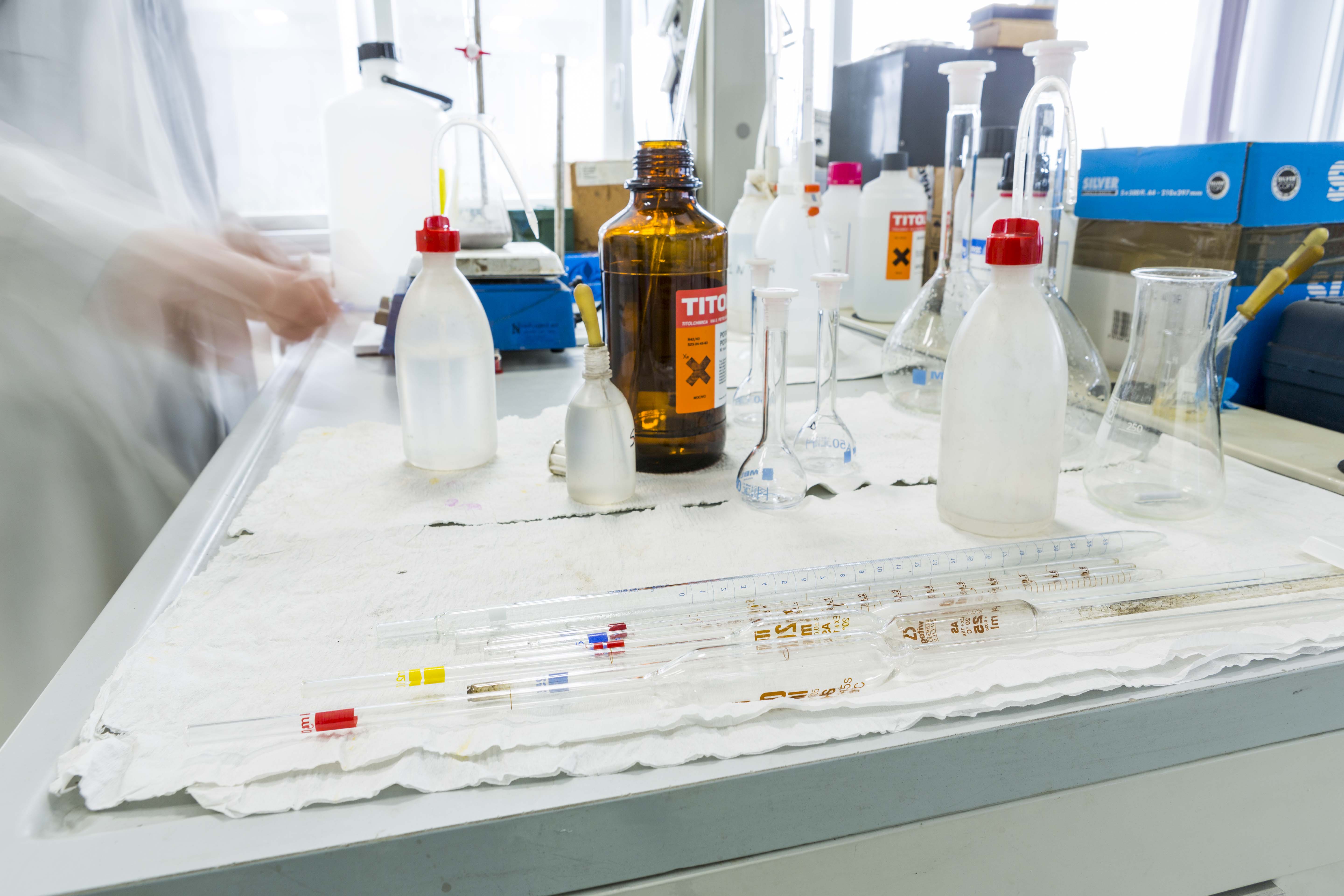- Reserved Area
- |
- Language
- Language (EN)
Technology
- Home
- The Product
- Technology
Cold Forming
The Cold forming Process is a special processing of metal and alloys that allows the production of parts usually used in high pressure circuits and in hydraulic applications, thereby introducing considerable advantages in terms of quality and price if compared to products obtained by chip removal. In the latter case, the material contains a high quantity of sulphur and/or lead, needed to increase the workability of the part that may cause micro fractures in the steel structure. During the process of cold forming, on the other hand, the material is absolutely intact and perfect, thereby allowing for a regular production process.
The Cold forming process provides important advantages such as:
- High productivity within a short time frame;
- Excellent mechanical properties of the material: in fact, redistributed fibres provide superior resistance to material;
- Good quality/price ratio thanks to the reduction of waste and high production batches.
Machining Operation
The semi-finished product obtained through Cold Forming is machined by lathes, compact turning centre and machining centre, all CNCs, in order to achieve the final dimension of the parts required according to the Customer's Drawing.
Threading-Screwing Operation
Male and Female threads are obtained through the rolling process, which avoids metal chips during processing, allowing to increase the Mechanical connection properties between two components (Male and Female) during the related assembling on the car.
Coating and heat treatments
For the coating and heat treatments of its products, QF uses of a selected suppliers, which enables a constant high level of Quality during the whole production process.
Assembling
Following the galvanic treatment, the two components, the fitting and the nipple (pin) become assembled for mechanical interface through riveting of material. At this phase, it reaches a final resistance of the nipple up to 1000 bar in the water.
Subscribe to our Newsletter
Contact us
Via Caduti del Lavoro, 23
25034 Orzinuovi (BS) - Italy
Tel. +39 030 9941083
Fax +39 030 9941568
Email: info@qualityformingsrl.com
2015 © QF QualityForming S.r.l. | all right reserved | Privacy policy | Cookie policy | Whistleblowing | powered by sartoriadigitale

